Damson, Bullace or Sloe Gin Recipe

Can you tell the difference between a sloe berry, damson or bullace? These three species of wild plum are all common in our hedgerows and hybridise readily, making distinguishing between them a little tricky at times.
The good news is all three of these fruits and their hybrids make a fabulous fruit gin meaning this classic sloe gin recipe will work equally well as a bullace or damson gin as well.
What are sloes?
Sloes are the fruit of the Blackthorn shrub (Prunus Spinosa). It is native to Europe, Western Asia, and North Africa and has been introduced to other parts of the world.
Blackthorn, a member of the plum family, has been used here in the UK as stock-proof hedging for centuries. Consequently, in rural areas, it is a common sight indeed. The are a number of liqueurs derived from the blackthorn bush, but most common here in the UK is sloe gin.
In our local hedges, we find three species of wild plum; Sloe, Bullace and Damson. It can be challenging to distinguish them from each other, but they are edible and make a great gin infusion. So there is no need to worry if a few bullaces find their way into the basket when you are foraging for sloes, this sloe gin recipe works with bullace and damson to.
How to identify Sloe Berries
Blackthorn is easiest to spot in early spring when it comes into flower. It’s worth taking note when you see it blossom so you can return later in the year to harvest the Sloes berries.
The Blackthorn bush is usually the first hedgerow species to flower here in the UK. Its blossom appears between March and June. Unlike its frequent companion, Hawthorn, it blooms before its leaves appear, whereas Hawthorn comes into leaf first, then flowers.
Blackthorn gets its name from its dark bark and spiky thorns. Its twigs are black with leaf buds along the sharp spines, and the leaves are oval with a toothed edge.
Sloes are the berry of the Blackthorn bush. These sour blue-black fruits measure about 1cm across and ripen from around September to December. Commonly used for flavouring gin, sloes are also delicious in jellies and other preserves.
When to Harvest Sloes
The sloe fruit, which starts off green, ripens to a beautiful black with a blue/purple wild yeast bloom. You can read more about natural yeasts in How To Make Sourdough Starter from Wild Yeast.
Sloe berry season runs from September to December. Traditionally sloes are picked after the first frosts, as this is when they are at their sweetest.
Old sloe gin recipes suggest pricking each fruit with a thorn from the same bush it came from or a silver pin to allow the alcohol to permeate the fruit and draw the flavour out. I have made Sloe Gin by this method once and can assure you it’s a tedious way to spend an hour or two.
Traditional sloe gin recipes also call for sugar to be added to the sloes at the start of the infusion process. I, however, prefer to leave the sweetening to the end of the process and add it in the form of a sugar syrup when we are bottling it.
To avoid having to prick the individual sloe berries, I favour picking the fruit and freezing it first. There are several advantages to taking this approach.
Firstly, it means you can pick your fruit in batches as you come across it and save it up in the freezer until you have enough to use.
Secondly, the freezing process sweetens the fruit for you, so you don’t have to wait until the first frosts.
And finally, freezing damages the cell walls of the fruit, allowing the juice to impart its flavour to your spirit quickly, without any pricking or use of sugar.
In my experience, using frozen sloe berries makes the best sloe gin with a richer flavour, so this is the method I recommend.
What you need to make Sloe Gin.
• Approximately 500g Frozen Sloe Berries
• 1 Litre Gin (You can make Sloe Vodka too)
• Sugar syrup made from 100g Castor Sugar and 100mls Water
• Glass Jar big enough to hold the ingredients, which seals well enough to get away with giving it a shake without it all leaking out and pretty glass bottles for when it is ready.
Sloe gin recipe.
By freezing your sloes, the method for making Sloe Gin has now become super simple.
Take the frozen sloes, and roughly half fill a bottle or jar that has a well-fitting lid.
Top up with gin, and leave to infuse in a cool, dark place for at least three months, giving it a shake when you remember.
After the sloe gin has been infused, strain through muslin and sweeten with a simple sugar syrup to taste. You can find detailed instructions on how to make a sugar syrup in our Delicious Hazelnut Liqueur Recipe.
Sloe Gin continues to mature over time, and each year’s batch will have a slightly different flavour and sweetness depending on the conditions of that year.
This one from last year has now mellowed into a very smooth port like liqueur with a dark colour and delicious taste.
Damson, Bullace or Sloe Gin Recipe
Recipe details
Ingredients
- • Approximately 500g Frozen Sloe Berries
- • 1 Litre Gin (You can make Sloe Vodka too)
- • Sugar syrup made from 100g Castor Sugar and 100mls Water
- • Glass Jar big enough to hold the ingredients, which seals well enough to get away with giving it a shake without it all leaking out and pretty glass bottles for when it is ready.
Instructions
- By freezing your sloes, the method for making Sloe Gin has now become super simple.
- Take the frozen sloes, and roughly half fill a bottle or jar that has a well-fitting lid.
- Top up with gin, and leave to infuse in a cool, dark place for at least three months, giving it a shake when you remember.
- After the sloe gin has been infused, strain through muslin and sweeten with a simple sugar syrup to taste. You can find detailed instructions on how to make a sugar syrup in our Delicious Hazelnut Liqueur Recipe.
- Sloe Gin continues to mature over time, and each year’s batch will have a slightly different flavour and sweetness depending on the conditions of that year.
- This one from last year has now mellowed into a very smooth port like liqueur with a dark colour and delicious taste.




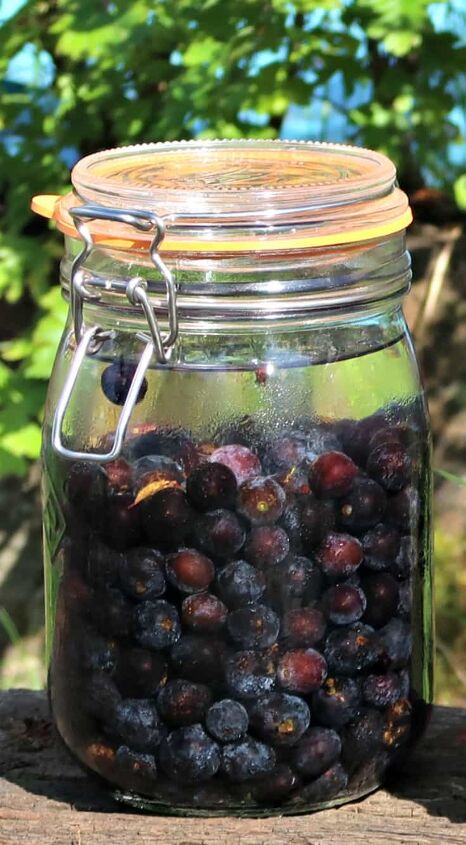
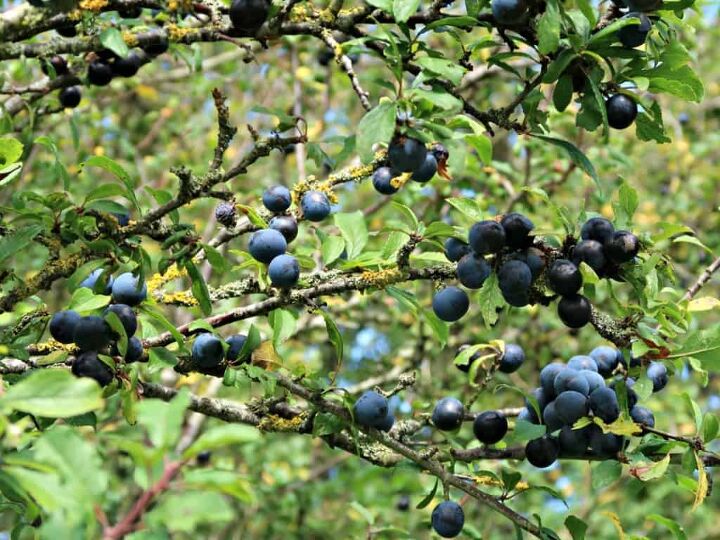




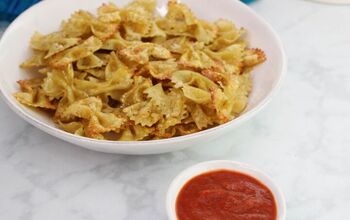

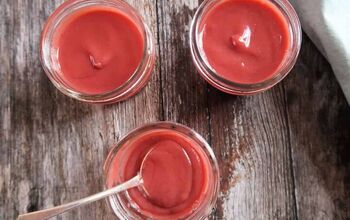
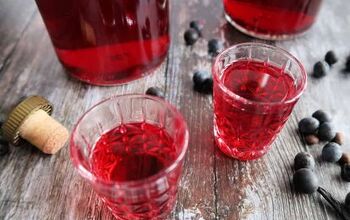
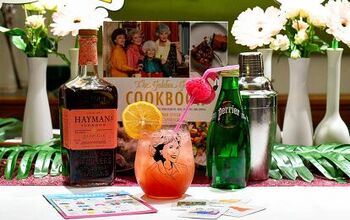
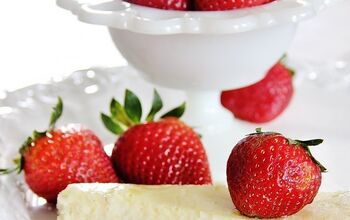

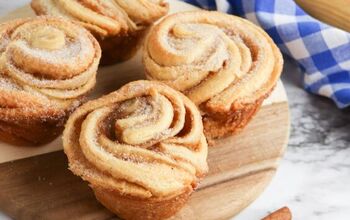





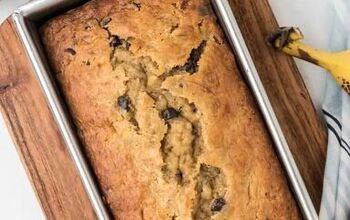

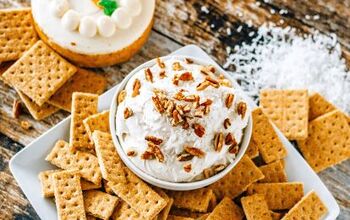
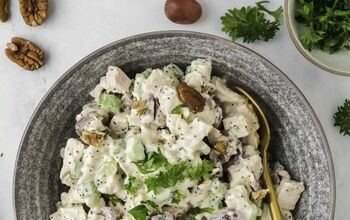
Comments
Share your thoughts, or ask a question!